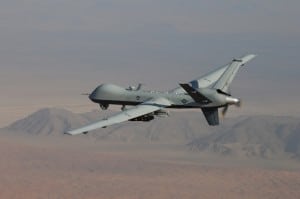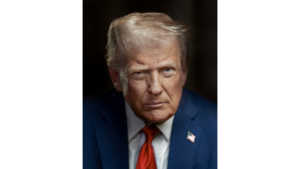
The White House is looking to open up the defense industrial base to more global deals with a new set of arms transfer policies focused on allowing direct sales between U.S. companies and foreign governments and less regulations on the export of unmanned aerial systems (UAS).The Trump administration announced new reforms Thursday to the Conventional Arms Transfer (CAT) policy looking to accelerate the pace of completing arms deals to better compete with foreign competitors, including China and Russia.“The fact is…

 By
By 











